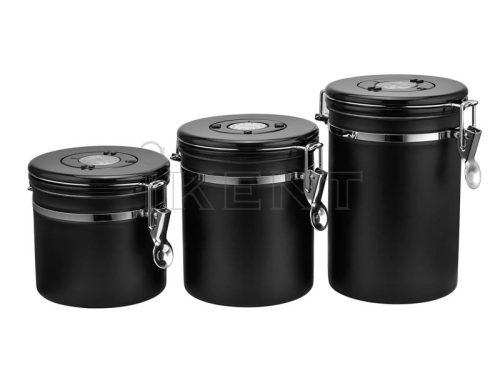Process of Brewing Coffee
In the process of brewing coffee, the aroma plays a significant role in enhancing the overall experience. When freshly ground coffee is encountered, many people are immediately captivated by its fragrant and distinctive smell. Even during the coffee-tasting process, the mesmerizing aroma can still be detected. It’s interesting to note that in a cup of coffee, water accounts for approximately 98.89% of its content, while the actual coffee flavor and aroma compounds only make up less than 1.5% of the coffee material. However, it is this minuscule proportion that deeply attracts coffee enthusiasts worldwide.
So, where does the aroma come from? Let’s take a simple look at the stages involved:
The planting and initial processing stage: This is the preliminary stage for coffee aroma. Various carbohydrates, proteins, and acids combine to form the fresh fruit of coffee. Through primary processing techniques employed by farmers, such as anaerobic sun drying, the fresh fruit is transformed into green beans. During this stage, enzymatic reactions and environmental parameters lead to the production of enzyme by-products that resemble savory aromas. However, the primary source of the coffee aroma comes from the advanced stage of processing—the roasting stage, specifically the Maillard reaction, and caramelization.
The Maillard reaction stage: After the dehydration of green coffee beans, they gradually change color from bluish-gray to yellow and then brown. During this process, over six hundred volatile organic compounds are generated within the coffee beans. As the roasting progresses from light to dark, delightful floral and fruity aromas emerge, followed by delicate notes of cream, vanilla, and caramel.
The caramelization stage: As the previously generated floral and fruity aromas diminish, at around 175-205 degrees Celsius, the coffee beans enter the caramelization stage while the Maillard reaction gradually weakens. Sugars degrade and transform into flavors like fruits, caramel, and nuts. Therefore, it can be said that without these two reactions occurring during the roasting process, we would not have the opportunity to experience the moment when coffee aroma fills the air.
In summary, during the roasting process, natural chemical compounds present in green beans are transformed into volatile compounds. Monosaccharides and polysaccharides degrade to produce sweetness and caramel flavors, while the degradation of hydroxycinnamic acids generates spicy aromas. This is how we get to savor the delightful and fragrant aroma of coffee.
You might wonder how many aromatic compounds coffee beans can produce. According to publicly available data compiled by scientists through continuous experimentation and summarization both domestically and internationally, at least 1,080 different aromatic compounds have been identified in coffee!





Leave A Comment